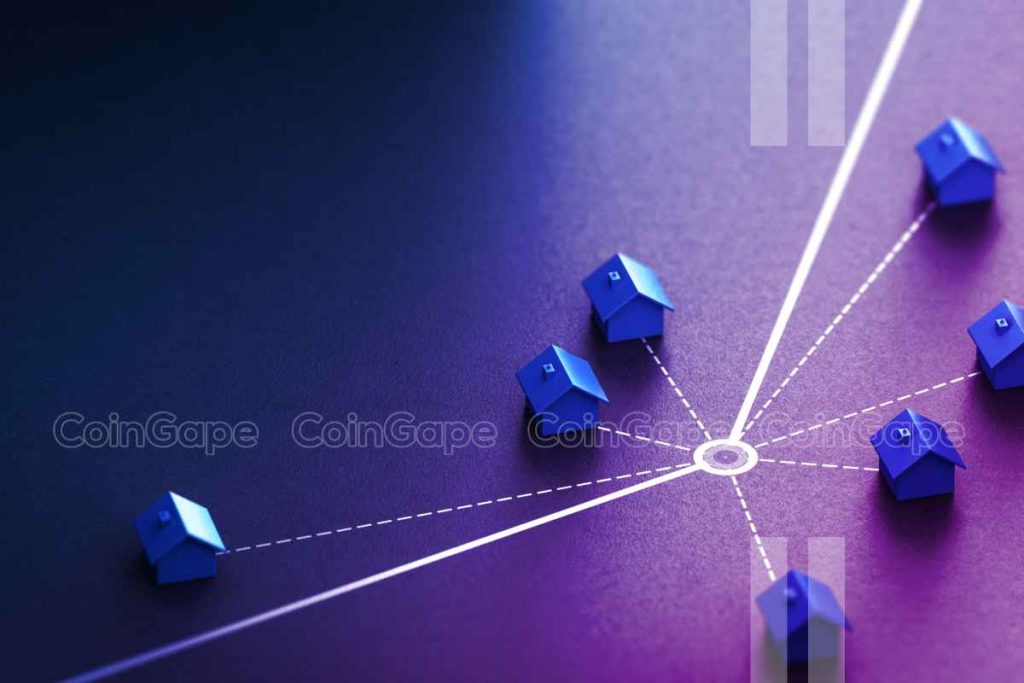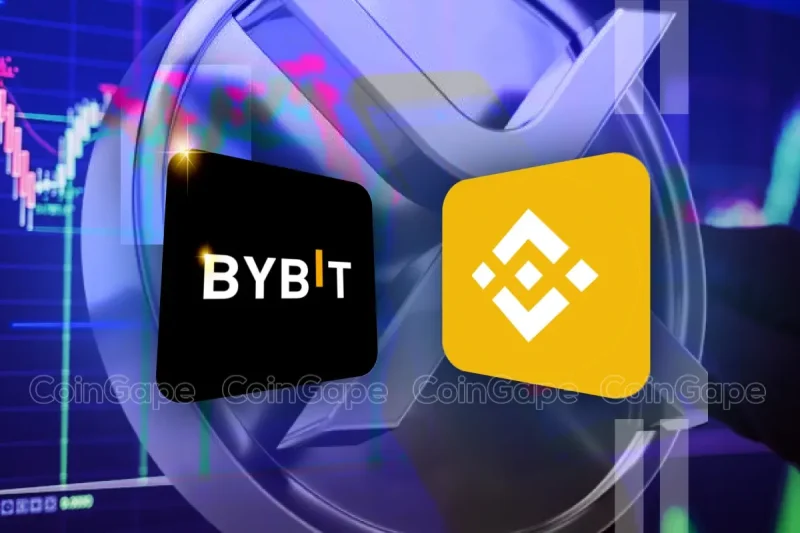Economic Incentives: Driving the Expansion of Decentralised Physical Infrastructure Networks

Decentralised Physical Infrastructure Networks are changing how we view infrastructure. DePIN involves the use of blockchain technology for storage, compute, wireless connectivity, energy, health, agriculture and more allowing individuals to contribute physical and digital resources in exchange for cryptocurrency rewards. These networks are built on the idea that decentralised systems can be more resilient, efficient, and accessible than centralised ones.
But what makes these networks work? The answer rests in economic incentives. With the right incentives, attracting contributors and ensuring long-term sustainability is easier. In this piece, we’ll explore how companies are shaping the future of DePIN projects through well-structured incentive models while delving into what makes these networks function in practice.
The Power of Economic Incentives
Economic incentives in DePIN networks are crucial for driving participation and scaling infrastructure. According to Jonathan Hargreaves, Global Head of Business Development at Elastos, the decentralised nature of these networks allows anyone to contribute resources like bandwidth or storage and earn crypto rewards in return. This approach incentivizes users and creates a more affordable and flexible system than traditional infrastructure models.
Harrison Hines, Co-founder of Fleek Network, adds that economic incentives are the lifeblood of any infrastructure network, whether centralised or decentralised. He compares DePIN models to Uber, where the incentive to earn money by driving fuels the entire network. “Without economic incentives, there is no Uber and no DePIN,” Hines says. This highlights how incentives drive both participation and growth in these systems.
How DePIN Incentives Differ from Traditional Blockchain Models
Unlike traditional blockchain projects that heavily rely on Proof of Work (PoW) or Proof of Stake (PoS) mechanisms, DePIN projects focus on rewarding participants for providing physical infrastructure. Contributors can earn tokens for offering resources like bandwidth, storage, or sensor data, which are crucial in maintaining the decentralised network.
This approach is particularly evident in projects like Helium, where participants, called “Hotspot Hosts,” provide wireless coverage for IoT devices and earn tokens in return. Such models challenge the traditional telecom industry by decentralising services and offering a more democratic and accessible infrastructure.
Hines emphasises that DePIN projects often pay service providers in tokens, though there’s a shift toward using USD-denominated stablecoins for payment. He argues that using stablecoins helps DePIN projects achieve long-term sustainability by mitigating the volatility of native tokens.
Tokenomics: The Backbone of DePIN Networks
Tokenomics is how tokens are distributed, earned, and used—plays a crucial role in ensuring the sustainability of DePIN projects. Both Elastos and Blockcast have developed sophisticated token models to align contributors’ incentives with the network’s growth.
At Elastos, the Burn and Mint Equilibrium (BME) model ensures that the token supply is controlled by burning tokens when used in the system and minting new tokens to reward network participants. This helps maintain a healthy balance between supply and demand while encouraging long-term participation. This model supports decentralised digital rights management and peer-to-peer content sharing on the Elacity platform.
Blockcast also takes a phased approach. Initial rewards are tied to setting up and maintaining nodes in a Proof-of-Coverage model. As the network matures, participants are rewarded for facilitating real-world services, such as streaming data or providing storage, further driving real-world use cases. Omar Ramadan, CEO of Blockcast emphasises that token incentives are vital in overcoming the “cold start” problem that DePIN networks often face. The cold start problem refers to the difficulty of attracting initial users and contributors when a network is still in its infancy. By offering crypto rewards, Blockcast encourages early participants to contribute computing power and bandwidth, which in turn helps the network grow.
According to Hines, tokenomics and economic incentives are closely intertwined in DePIN networks. He points to Helium’s Burn and Mint Equilibrium as a successful example, showing early signs of balancing token supply while driving real-world usage.
Balancing Short-Term Gains with Long-Term Sustainability
DePIN projects must balance attracting early participants with short-term incentives and ensuring long-term network health. In the early stages, offering high rewards can help bootstrap the network, but long-term sustainability depends on gradually shifting to a reward model based on service quality. Distributing rewards should take place in phases transitioning from setup rewards to usage-based rewards as the network scales. This ensures that incentives remain aligned with the network’s overall health.
Incentivizing Security and Regulatory Compliance
Economic incentives in DePIN networks also play a crucial role in ensuring security. In networks like Filecoin, participants must stake tokens as collateral, which can be forfeited for malicious behaviour or poor performance. This model encourages contributors to act in the network’s best interest, maintaining reliability and security.
Moreover, regulatory frameworks influence how incentives are structured. For instance, in regions with stringent data protection laws, such as the GDPR in Europe, projects must ensure that data sharing and storage rewards meet privacy standards, creating an added layer of complexity when designing incentive models. Hines highlights that staking and slashing mechanisms in DePIN projects are directly tied to the security and integrity of the network, disincentivizing bad actors from disrupting the system.
The Future of Economic Incentives in DePIN Projects
The future of DePIN networks will depend on continued innovation in incentive structures. As more sectors—from energy to healthcare—adopt decentralised models, robust, flexible tokenomics will become even more critical.
We will see growth in sectors such as AI-driven data services, where decentralised models can provide more secure, transparent, and efficient systems. He stresses that the real success of DePIN projects will come from their ability to adapt and evolve, continuously refining their incentive models to meet the needs of an ever-changing digital landscape. Moreover, flexible and adaptive token models will enable DePIN networks to thrive in the long run. By continuously rewarding real-world contributions and ensuring that incentives align with network growth, DePIN projects can support a wide range of physical and digital infrastructures.
Conclusion
Economic incentives are the lifeblood of DePIN networks, driving participation and ensuring long-term sustainability. As companies continue to refine their token models, the future of decentralised infrastructure looks promising. With the right balance of short-term rewards and long-term growth, DePIN projects have the potential to transform industries and democratise access to essential infrastructure worldwide.
The post Economic Incentives: Driving the Expansion of Decentralised Physical Infrastructure Networks appeared first on CoinGape.







